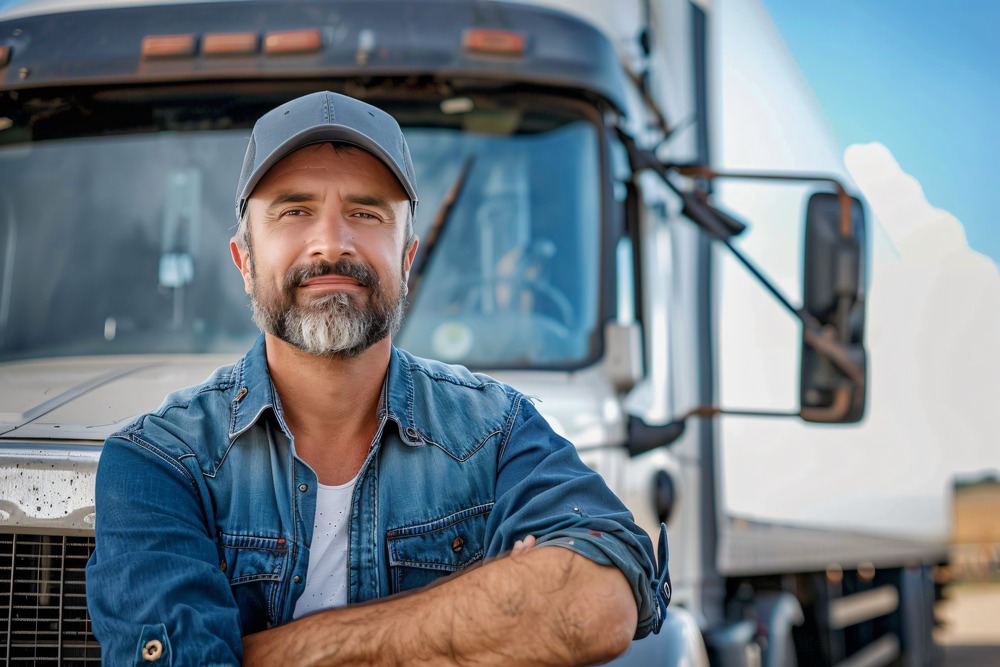In recent years, the trucking industry has witnessed a remarkable transformation, with women stepping into roles that were once dominated by men. ? This shift not only challenges long-standing stereotypes but also brings a fresh perspective to an essential sector of the economy. As we delve into the statistics and trends surrounding women in trucking, it becomes clear that this is more than just a movement; it’s a revolution. ?

The Current Landscape of Women in Trucking
According to the American Trucking Associations (ATA), women now make up approximately 13% of the trucking workforce. This figure has steadily increased over the past decade, reflecting a growing acceptance and encouragement of women in this field. To put this into perspective, here’s a breakdown of women’s participation in various roles within the trucking industry:
| Role | Percentage of Women (%) | Emoji |
|---|---|---|
| Truck Drivers | 10% | ? |
| Logistics and Supply Chain | 20% | ? |
| Management Positions | 30% | ?? |
| Safety and Compliance | 25% | ⚖️ |
The increase in female representation is not just a statistic; it signifies a cultural shift. More women are pursuing careers in trucking, driven by factors such as competitive salaries, job stability, and the opportunity for independence on the road.
Breaking Down Barriers
Historically, the trucking industry has been perceived as a male-dominated field, often deterring women from considering it as a viable career option. However, organizations like Women in Trucking (WIT) are actively working to change this narrative. WIT aims to promote the employment of women in the trucking industry and address the challenges they face. Their initiatives include mentorship programs, scholarships, and networking opportunities, which have proven effective in encouraging more women to join the workforce.
Key Statistics on Women in Trucking
- Average Salary: Female truck drivers earn an average of $50,000 per year, which is competitive compared to other industries. ?
- Job Satisfaction: A survey conducted by WIT found that 75% of women in trucking reported high job satisfaction, citing flexibility and independence as key factors. ?
- Retention Rates: Companies that actively promote diversity and inclusion see a 20% higher retention rate among female employees. ?
The Impact of Women in Trucking
The influx of women into the trucking industry is not just beneficial for gender equality; it also positively impacts the economy. With the demand for freight transportation expected to grow, having a diverse workforce can lead to innovative solutions and improved efficiency. According to a report by the Bureau of Labor Statistics, the trucking industry is projected to need an additional 1.1 million drivers by 2024. This presents a significant opportunity for women to fill these roles and contribute to the economy.
Women in Leadership Roles
Women are not only making strides as drivers but are also breaking into leadership positions within the industry. Here’s a look at the representation of women in various leadership roles:
| Leadership Role | Percentage of Women (%) | Emoji |
|---|---|---|
| Executive Positions | 15% | ?? |
| Operations Managers | 25% | ?️ |
| Fleet Managers | 20% | ? |
The presence of women in leadership roles fosters a more inclusive workplace culture, which can lead to better decision-making and improved company performance. Companies like Schneider National and J.B. Hunt have recognized the value of diversity and are actively promoting women into leadership positions.
Challenges Still Ahead
Despite the progress, challenges remain. Women in trucking often face issues such as harassment, lack of support, and inadequate facilities. According to a survey by the National Women’s Law Center, 60% of women reported experiencing some form of discrimination in the workplace. Addressing these challenges is crucial for sustaining the growth of women in the industry.
Supportive Resources
To help women navigate these challenges, various resources are available:
- Women in Trucking Association: Offers mentorship and networking opportunities.
- Trucking HR Canada: Provides resources for women seeking careers in trucking.
- The Trucking Industry’s Women’s Leadership Network: Focuses on empowering women through education and leadership training.
Conclusion
The rise of women in trucking is a testament to the changing dynamics of the workforce. As more women break through barriers and take on roles in this essential industry, they are not only reshaping the trucking landscape but also inspiring future generations. ? With continued support and advocacy, the trucking industry can become a model for gender equality and diversity.
As we look to the future, it’s clear that the road ahead is not just for men but for women as well. Together, they are driving change and breaking stereotypes, one mile at a time. ?



